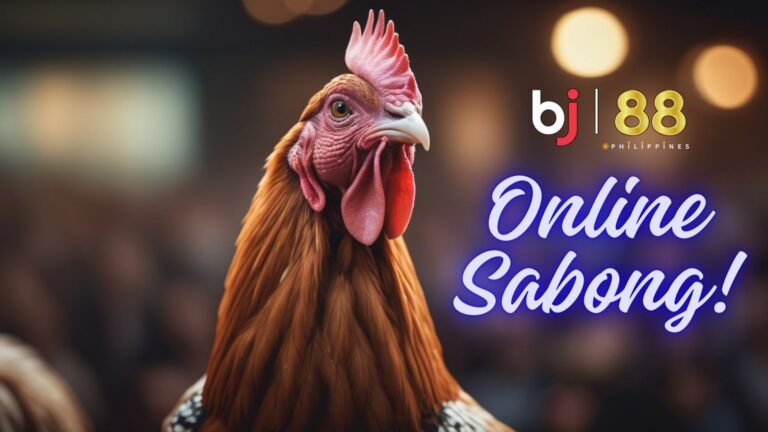The heart-pounding clang of beaks, the whirlwind of feathers, the electrifying energy of the crowd – Sabong, the Philippines’ beloved cockfighting tradition, is a captivating spectacle. But amidst the feathered frenzy, true champions decipher more than just brute strength. They unlock the secrets hidden within a rooster’s posture, gestures, and movements – their body language.
Unveiling the Silent Language of Sabong Champions
In the high-stakes arena of Sabong, victory often hinges on subtle cues beyond the physical clash. Roosters, like gladiators of old, communicate their battle readiness and fighting spirit through a silent language of posture, gait, and preening. Understanding these nuances empowers you to see beyond the surface, make informed bets, and emerge as a true Sabong savant.

Cracking the Code: A Guide to Deciphering Rooster Body Language
The Confident Stance: A Warrior Poised for Victory
A rooster with his head held high, chest puffed out, and feathers sleeked back exudes confidence and dominance. This dominant stance signifies physical and mental preparedness, making him a formidable opponent. Look for a steady gaze, a firm grip on the ground, and a postura that demands respect – these are the hallmarks of a potential champion.
The Dance of Aggression: Unveiling a Fighting Spirit
A rooster who paces purposefully, wings slightly raised, and tail feathers fanned out is primed for battle. This assertive display signals aggression and fighting spirit, a key ingredient for success in the sabong ring. Observe the intensity of his gaze, the frequency of his pecks, and the overall energy he projects – these indicators reveal his willingness to engage in combat.

Preening Rituals: Unveiling Clues to Health and Stamina
While preening seems like a mundane act, it holds valuable insights in the world of Sabong. A rooster who regularly preens his feathers, beak, and talons exhibits good health and meticulousness. This meticulousness often translates to stamina and endurance in the ring, crucial qualities for prolonged battles. Conversely, excessive preening or ruffled feathers could indicate underlying issues.
The Subtle Signs: Reading Between the Lines
Beyond the grand gestures, subtle cues offer valuable insights. A rooster who avoids eye contact or cowers when approached might be fearful or injured. A sluggish gait or labored breathing could indicate health problems. By observing these seemingly insignificant details, you gain a deeper understanding of the rooster’s true condition and potential performance.

Conclusion: Mastering the Silent Language: A Path to Sabong Supremacy
By deciphering the language of rooster body language, you transcend the surface-level spectacle and enter the realm of informed decision-making. You’ll be able to identify true champions, avoid potential pitfalls, and place bets with strategic confidence. Remember, in the arena of Sabong, victory often favors those who can see beyond the feathers and hear the silent language of champions. So, step into the ring with newfound knowledge, observe keenly, and unlock the secrets to Sabong success!